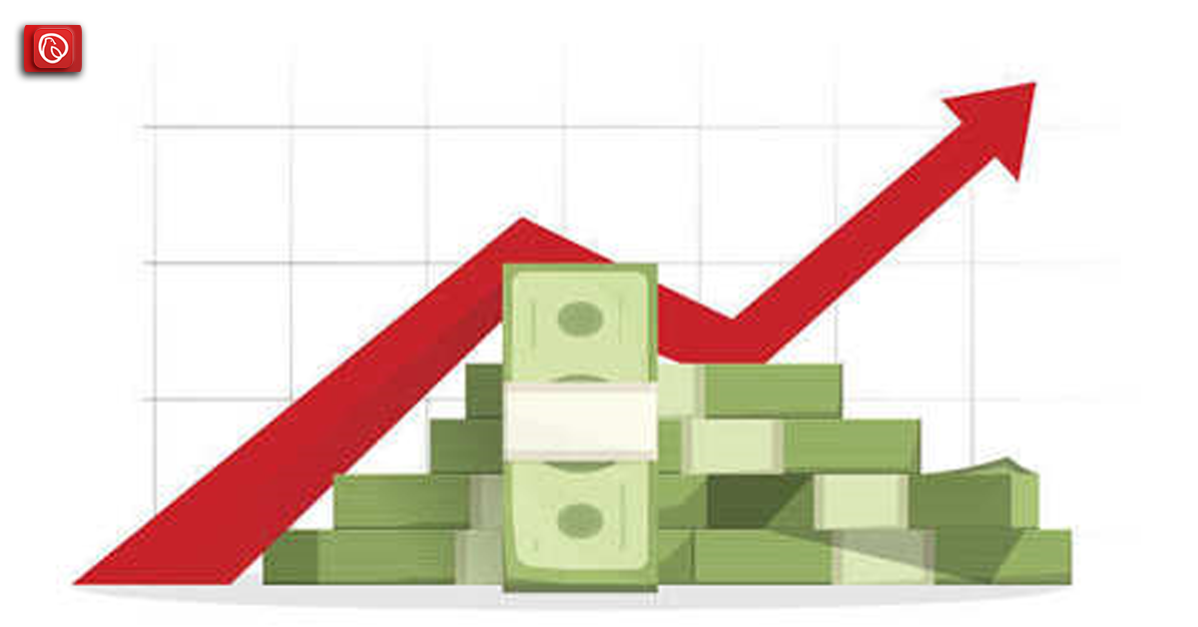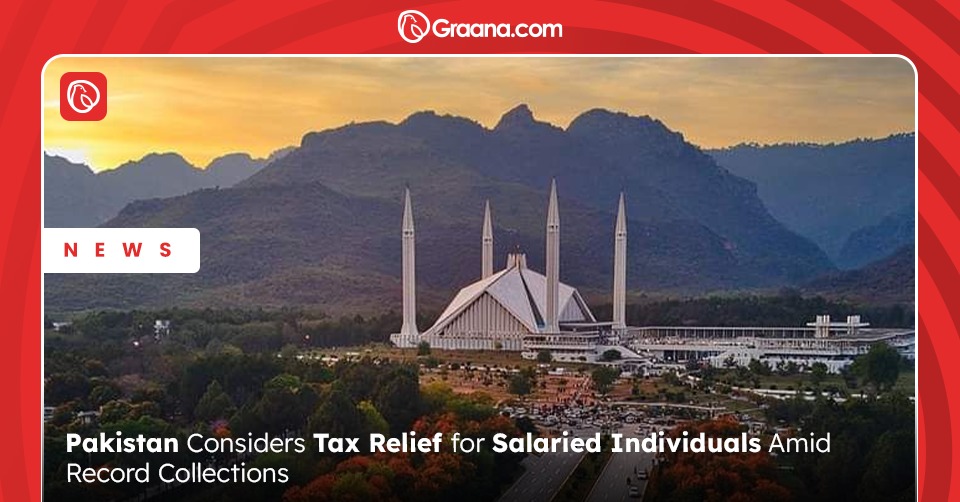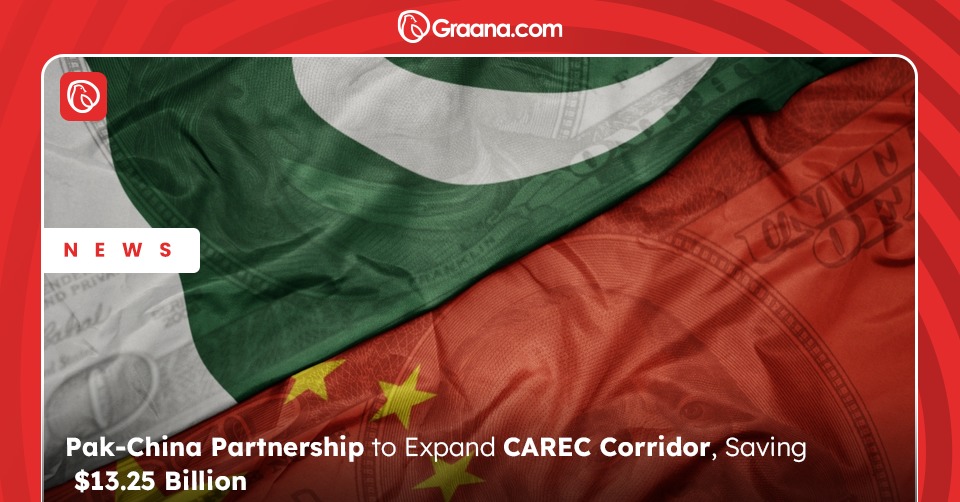Per capita income is a crucial economic indicator that measures the average income of a country’s citizens. It is calculated by dividing a country’s gross domestic product (GDP) by its total population. It reflects a nation’s economic well-being and the living standards of its people.
In this article, Graana.com discusses the per capita income of Pakistan below, including recent trends and the factors affecting its growth.
Current Per Capita Income of Pakistan

According to the Economic Survey of Pakistan 2021-22, the per capita income of Pakistan has increased to $1,613.8 during the fiscal year 2021-22. This growth can be attributed to the recovery of economic activity after the COVID-19 pandemic, resulting in a higher GDP growth rate of 4% in 2021-22, exceeding the target of 2.1%.
Comparison With Other Countries
Despite recent improvements, Pakistan’s per capita income is still lower than that of other countries in the region and the world. According to World Bank data, it was $1,505 in 2021, ranking 152nd out of 189 countries. It is equivalent to 12% of the world’s average, and 28% of the average of lower-middle-income countries.
Factors Affecting Per Capita Income Growth in Pakistan
Several factors limit Pakistan’s per capita income growth, some of which are:
High Population Growth Rate
Pakistan’s population is growing at a rate of 2% per year, which is one of the highest in the world. This puts pressure on the country’s resources, infrastructure, and social services, ultimately hindering the growth of per capita income.
Low Human Capital Development
Pakistan has a low level of human capital development, which includes education, healthcare, and skills development. The need for more investment in human capital limits the country’s ability to increase productivity, create jobs, and attract foreign investment.
Weak Institutional Quality
Pakistan’s institutional quality is weak, which hampers the efficiency and effectiveness of public and private institutions. This is evident by the corruption, red tape, and rule of law. These factors discourage investment and hinder economic growth.
Low Tax-to-GDP Ratio
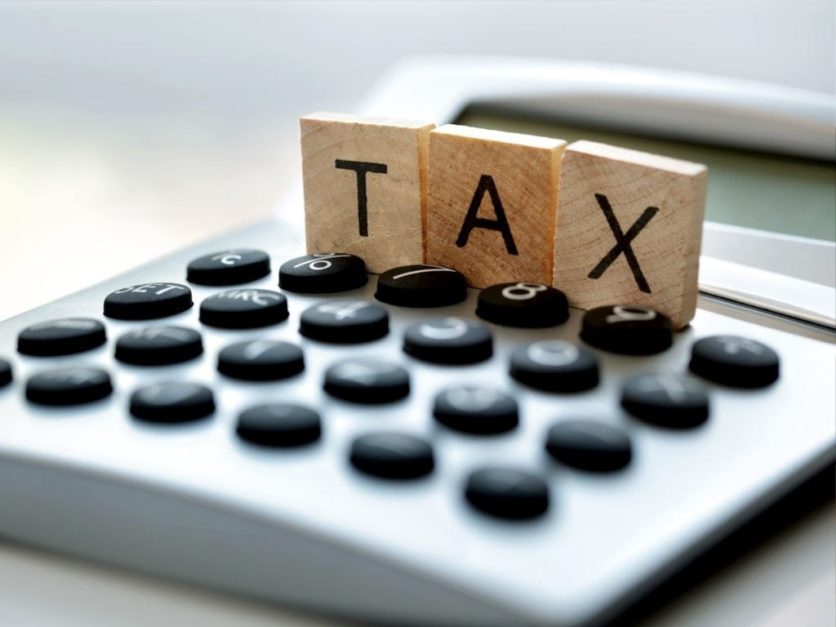
Pakistan has one of the lowest tax-to-GDP ratios in the world. This limits the government’s ability to mobilise resources for public investment and social services. The low tax base also results in a high fiscal deficit and public debt, which ultimately limits the growth of per capita income.
Low Savings and Investment Rates
Pakistan has low savings and investment rates, which limit the country’s ability to finance productive investments and create jobs. These are partly due to the low level of financial inclusion and lack of access to credit for small and medium-sized enterprises.
Structural Imbalances in the Economy
Pakistan’s economy suffers from structural imbalances, which include a low level of exports, a high level of imports, and dependence on remittances. This limits the country’s ability to generate foreign exchange, create jobs, and sustain economic growth.
Efforts to Improve Per Capita Income in Pakistan
To improve per capita income, the government of Pakistan has launched several initiatives, including:
Human Capital Development
The government has increased its focus on improving human capital development, particularly education and health. It has launched programs to increase the enrollment rate in primary schools, improve the quality of education, and increase access to healthcare facilities.
Institutional Reforms
The government is also focusing on institutional reforms to improve the efficiency and effectiveness of public and private institutions. It has launched initiatives to reduce corruption, improve the ease of doing business, and strengthen the rule of law.
Tax Reforms
The government has introduced tax reforms to increase the tax base and improve revenue collection. It has launched initiatives to simplify tax procedures, reduce tax exemptions, and broaden the tax base.
Investment Promotion
The government is taking steps to attract foreign investment and promote domestic investment. It has launched initiatives to improve the business environment, provide incentives to investors, and increase access to credit.
Trade Promotion
The government is also focusing on promoting exports of Pakistan and reducing the trade deficit. It has launched initiatives to improve the competitiveness of the export sector, diversify exports, and increase access to foreign markets.
Future Outlook
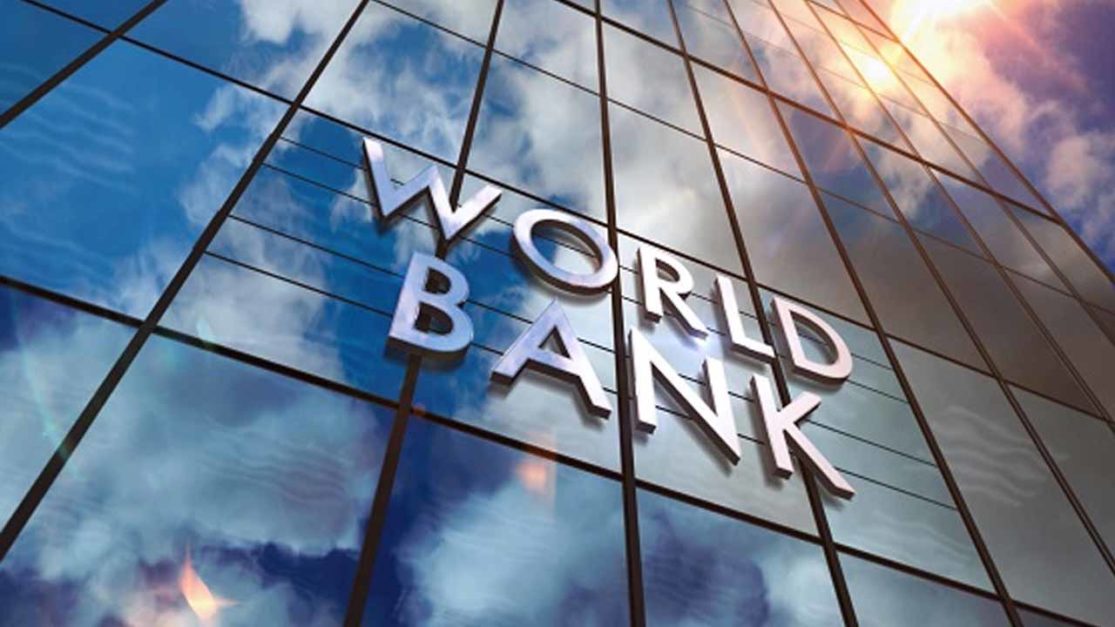
The latest report from the World Bank paints a challenging picture for Pakistan’s economy. The country’s GDP per capita income is expected to decline from $1,613.8 in 2021-22 to $1,399.1 in 2022-23. In addition, GDP per capita growth is expected to be -1.5 per cent in 2022-23, down from 4.2 per cent in the previous year.
Rising Unemployment and Poverty
According to the report, the unemployment rate is also expected to rise to 10.2 per cent in 2022-23, compared to 10.1 per cent in 2021-22. Poverty levels are also predicted to increase due to weak labour markets and high inflation. Without increased social spending, the lower middle-income poverty rate is expected to reach 37.2 per cent in FY23.
Vulnerability to Shocks
Pakistan’s economy remains vulnerable to both economic and climate shocks, as a significant proportion of households depend on agriculture, small-scale manufacturing, and construction. These sectors are susceptible to external pressures, which can have a significant impact on the country’s economy.
Declining Investment and Consumption
The report also indicates a decline in gross investment, estimated to fall to 106 per cent in 2022-23 compared to 13.3 per cent in 2021-22. Gross public investment is estimated to be 2.8 per cent in 2022-23, compared to 3.4 per cent in the previous year. Additionally, private consumption growth is projected to slow, with estimates at 1.3 per cent in 2022-23 compared to 10 per cent in 2021-22.
Declining Revenue and Low Foreign Reserves
The World Bank report states that revenue is estimated to decline to 10.9 per cent of GDP in 2022-23, down from 12.1 per cent in 2021-22. This decline will put further pressure on the country’s economy. Additionally, Pakistan’s economy is currently under stress due to low foreign reserves and high inflation.
Challenges in the Pakistani Economy
The World Bank report suggests that Pakistan’s economy is currently facing multiple challenges, including low foreign reserves, high inflation, and low investment rates. The country’s dependence on agriculture, small-scale manufacturing, and construction also makes it vulnerable to external pressures.
Furthermore, policy tightening, flood impacts, import controls, high borrowing and fuel costs, low confidence, and protracted policy and political uncertainty have all contributed to the country’s economic challenges. While some recovery is expected, growth is expected to remain below the potential level in the medium term.
Conclusion
The per capita income of Pakistan has improved in recent years. However, it is still low compared to other countries in the region and the rest of the world. Several factors limit the growth of per capita income in Pakistan, including a high population growth rate, low human capital development, weak institutional quality, low tax-to-GDP ratio, low savings and investment rates, and structural imbalances in the economy.
However, the government of Pakistan is taking steps to address these challenges and improve the economic well-being of its citizens. Its efforts to promote human capital development, institutional reforms, tax reforms, investment promotion, and trade promotion are steps in the right direction. If implemented effectively, they can lead to sustained economic growth and higher per capita income.
For more information, visit Graana.com.
